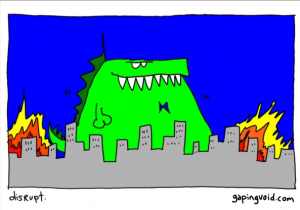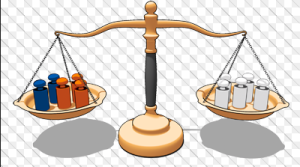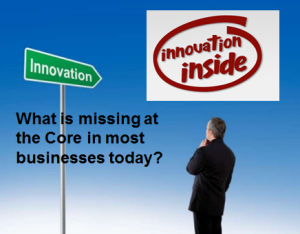 I wanted to depart from just focusing on extolling innovation within this post – a sort of sound off, of sorts, it is a real need to look to the future.
I wanted to depart from just focusing on extolling innovation within this post – a sort of sound off, of sorts, it is a real need to look to the future.
It seems in all I keep reading that we are being extorted to disrupt our enterprises before someone else does.
The constant threat of both those known to us and those unknown competitors who can simply raise money based on a disruptive concept, provide a different business model and then attack tomorrow. It is not a comfortable feeling is it?
We are told It is in our ‘complacency’ that we are losing our competitive advantages, even face extinction from those that attack and tear down, replacing it with something different and supposedly better. Did we really need it?
Can we learn to adapt as fast as all that is seemingly coming toward us?
There is so much disruptive power being harnessed that we are all facing an exponentially more complex and challenging environment. Why is there seemingly this determination to tear down many parts of the fabric of our society by challenging institutions, businesses and government structures?








